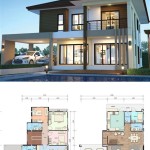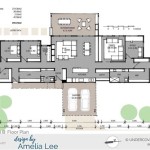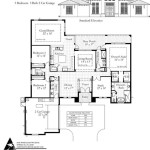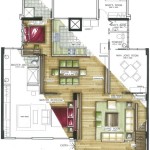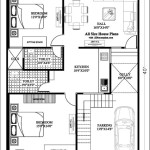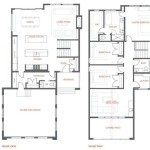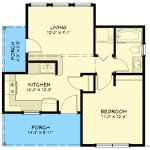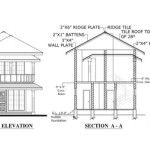Small European Castle House Plans: A Guide to Miniature Fortress Living
The allure of a castle, with its inherent grandeur and historical significance, remains a powerful draw for many. While owning a full-scale medieval fortress is often impractical, small European castle house plans offer a unique opportunity to capture the essence of castle living in a more manageable and affordable way.
These plans adapt classic castle architectural elements to smaller residential designs. Features such as turrets, crenellations, arched windows, and stone or stone-veneer facades evoke the romantic charm of European castles, while the compact footprint allows for construction on smaller lots and with more manageable budgets.
Several key architectural styles influence small European castle house plans. Gothic Revival, characterized by pointed arches, ornate detailing, and vertical emphasis, is a popular choice. Romanesque Revival, with its rounded arches, thick walls, and simpler ornamentation, provides a more robust and less elaborate aesthetic. Elements of Tudor and Victorian styles, with their emphasis on decorative half-timbering and steep rooflines, can also be incorporated.
Functionality and modern living are seamlessly integrated within these designs. Open floor plans, ample natural light, and modern kitchens and bathrooms ensure comfortable living while maintaining the castle aesthetic. Careful planning allows for the inclusion of features like home offices, media rooms, and other contemporary amenities within the framework of the castle-inspired design.
The exterior of a small European castle house typically features prominent use of stone or stone veneer. This material provides the authentic castle look and contributes to durability and energy efficiency. Stucco, brick, and decorative timber framing can also be incorporated to complement the stone and create visual interest. Steeply pitched roofs, often with multiple gables and dormers, enhance the verticality and dramatic silhouette of the castle design.
Turrets, a quintessential castle element, are often incorporated into small European castle house plans. These can be functional, housing staircases or providing panoramic views, or purely decorative, adding to the overall castle aesthetic. Crenellations, the notched battlements along the roofline, are another characteristic feature that contributes to the castle-inspired appearance.
Arched windows and doorways are essential details in achieving the European castle look. These architectural features contribute to the overall sense of grandeur and historical authenticity. Wrought iron accents, such as balconies, railings, and decorative hardware, further enhance the castle theme.
Landscaping plays a vital role in completing the castle ambiance. Courtyards, stone walls, and formal gardens complement the architectural style. The integration of water features, such as fountains or ponds, can further enhance the sense of tranquility and historical elegance.
Choosing the right location for a small European castle house is crucial. A lot with some elevation and natural features, such as trees or a sloping landscape, can help emphasize the castle's presence. Privacy is also a consideration, allowing for the full enjoyment of the castle-inspired setting.
The interior design of a small European castle house should complement the exterior architecture. Stone fireplaces, wood-beamed ceilings, and wrought iron chandeliers can create an authentic and inviting atmosphere. Tapestries, antique furniture, and other decorative elements can further enhance the castle theme.
Careful consideration should be given to the selection of building materials. High-quality materials, such as natural stone, durable roofing tiles, and energy-efficient windows, not only contribute to the authenticity of the design but also ensure long-term durability and lower maintenance costs.
Collaborating with an experienced architect specializing in historical or period-inspired homes is crucial for realizing the vision of a small European castle house. An architect can help navigate the design process, ensuring that the plans meet local building codes and incorporate the desired features while staying within budget.
Building a small European castle house requires meticulous planning and execution. Working with a reputable builder experienced in this type of construction is essential for ensuring a successful project. Clear communication and regular site visits are important for monitoring progress and addressing any potential challenges.
Small European castle house plans offer a unique opportunity to realize the dream of castle living in a more accessible and practical way. By carefully considering the architectural style, materials, and site selection, and by collaborating with experienced professionals, it is possible to create a beautifully crafted and functional home that embodies the timeless charm and grandeur of a European castle.
European Flair Castle House Plans Houseplans Blog Com
European Flair Castle House Plans Houseplans Blog Com

European Style House Plan 4 Beds 3 5 Baths 3437 Sq Ft 310 644 Houseplans Com

Scottish Castle House Plan With Tower 5 Bedrms 116 1010

European Flair Castle House Plans Houseplans Blog Com

Buy Cau Style House Plan Eplan

Scottish Castle House Plan With Tower 5 Bedrms 116 1010

European Mini Castle 90113pd Architectural Designs House Plans

Plan 17687lv Mini Castle With Turret House Plans Cottage Style

Cau Novella Luxury House Plan Small Castle

